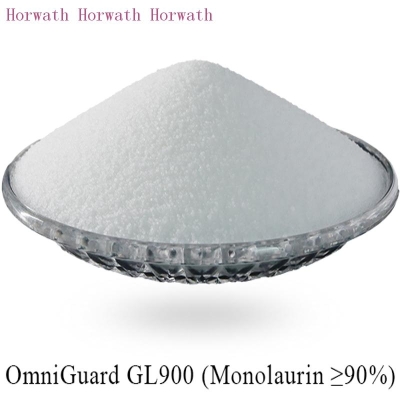Prospects of soybean and corn planting in 2002 in the United States
-
Last Update: 2002-01-23
-
Source: Internet
-
Author: User
Search more information of high quality chemicals, good prices and reliable suppliers, visit
www.echemi.com
Introduction: American economist Darrell Goode, the US Department of Agriculture issued an annual report on production on January 11, in which the estimated planting area of crops in 2001 was much smaller, especially soybean The soybean planting area in 2001 was estimated at 74.105 million acres, a decrease of 1.1 million acres over the previous estimates The area planted was 2.552 million acres less than that reported by the U.S Department of agriculture in March 2001, and 161000 acres less than that in 2000 This is also the first time since 1990 that the planting area is lower than that of the previous year In 2001, the total sown area of corn was only 75.752 million acres, about 200000 acres less than the previously estimated area, and nearly 3.8 million acres less than that in 2000 The sown area is 941000 acres less than that reported by the USDA in March 2001 In 2001, the total planting area of major crops decreased by 1 percentage point, or 3.4 million acres, compared with that in 2000 Harvest area decreased by 1.2 percentage points, or 3.7 million acres In 2001, the area harvested for all crops, except hay, decreased by nearly 7.4 million acres or 3% Among them, diet and wheat accounted for the main part of the reduction Geographically, most of the decrease in non hay crop acreage occurred in Minnesota, Montana, North Dakota and South Dakota The decrease of sowing area is related to the bad weather As far as 2002 is concerned, the key problem of sown area is the total cultivated area and the proportion of crops It can be expected that the total sown area of non hay will increase, but it is unlikely to return to the level of 2000 According to the winter wheat planting report released by the U.S Department of agriculture on January 11, 41.031 million acres of land were planted in 2001, almost the same as 41.078 million acres in 2000 The area of Kansas fell from 9.8 million acres to 9.4 million, and Texas from 5.6 million to 5.4 million The eastern corn belt and the southeastern states reduced their acreage from 7.2 million acres to 6.7 million The composition of the area sown in 2002 depends on a number of factors, including weather conditions in spring, relative prices and government projects The lower prices of fuel and some fertilizers may have some impact on the decision to plant in 2002 If the weather is favorable in spring, the sown area of feed and soybean should be increased by 3.5 million to 4 million acres over 2001 The reduction of input cost is beneficial to the recovery growth of corn planting area In 2002, the current high price of corn crops will also be conducive to the increase of corn area It is not clear whether the new agricultural bill will change the relative level of CCC lending rates for wheat, feed and soybeans, or whether the adjustments will cover crops in 2002 The proposed adjustments so far will make the level of loan rates for food and wheat more favorable than for soybeans In addition to the loan rate, the calculation method and subsidy degree of other government subsidies will also have an impact on the seeding decision The U.S Department of agriculture will issue a new planting intention report on March 28 The actual sowing may be very different from the intention of sowing, as happened in 2001 In addition, the March sowing intention report occasionally did not appear to include all areas that should be sown However, the report remains a good indicator of the direction of seeding changes The total sown area in 2002 will exceed the actual sown area in 2001 At present, it seems that the corn planting area will be increased by 3 million to 3.5 million acres in 2002, and the soybean planting area will change slightly In addition to the planting area, in early spring, the planting environment and yield prospects of crops in 2002 will also become the central topic Since the carry over inventory of all major commodities is relatively low, it means that the growth season is not good, which will lead to the price rise The market is keen to see if it can reach a level close to the trend unit production for the seventh consecutive year If the per unit yield is close to the trend per unit yield, the corn yield in 2002 will probably be close to 10 billion bushels, and the soybean yield will exceed 2.9 billion bushels For obvious reasons, the market focuses on crops mainly in May, June and July, so there will be an opportunity for crop prices to rise at that time (author:) share to feed Weibo share to:
This article is an English version of an article which is originally in the Chinese language on echemi.com and is provided for information purposes only.
This website makes no representation or warranty of any kind, either expressed or implied, as to the accuracy, completeness ownership or reliability of
the article or any translations thereof. If you have any concerns or complaints relating to the article, please send an email, providing a detailed
description of the concern or complaint, to
service@echemi.com. A staff member will contact you within 5 working days. Once verified, infringing content
will be removed immediately.







